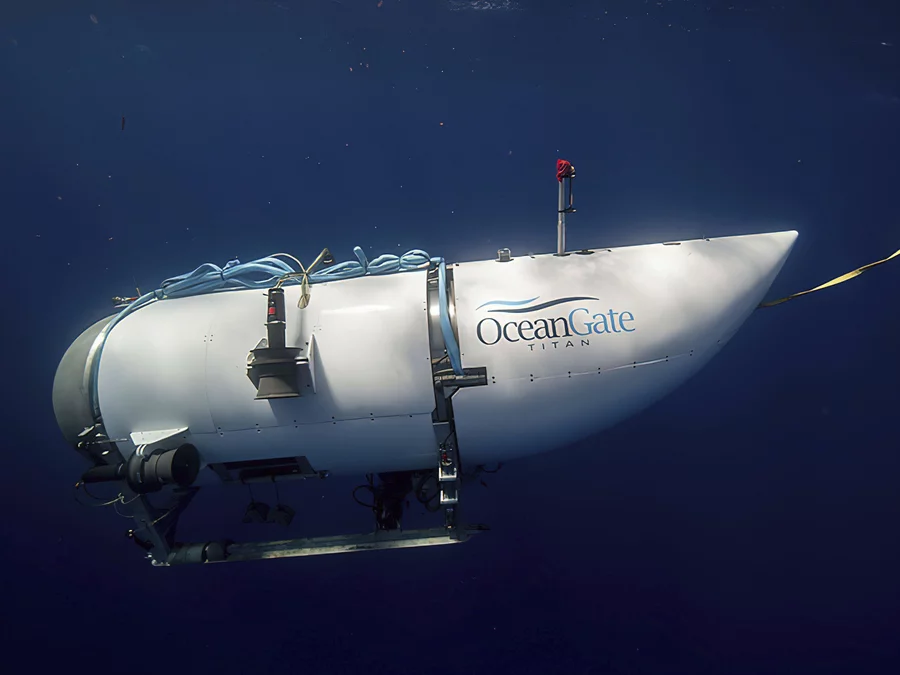The Titan Submersible: A Tragic End to an Ambitious Expedition
The Titan submersible, owned by OceanGate Expeditions, embarked on a daring mission to explore the wreckage of the R.M.S. Titanic, offering a unique and once-in-a-lifetime opportunity for passengers seeking an extraordinary experience. This was its third visit to deep oceans since 2021.
The submersible, Titan, that is now lost in the Atlantic Ocean shines a bright light on risk and how each person is confronted with decisions that must balance risks and benefits. Titan lost contact with a research ship on Sunday morning and has not been heard from since. OceanGate Expeditions, the company that conducts the sub’s excursion to the site of the Titanic, which rests over two miles below sea level, charges $250,000 per passenger for the experience. On board were OceanGate Expeditions CEO Stockton Rush, British billionaire Hamish Harding, French diver Paul Henry Nargeolet, prominent Pakistani philanthropist and businessman Shahzada Dawood, and his son Suleman.
While each passenger must sign a waiver in the event of an accident or some other mishap, the company’s research focus and extended testing provides some assurance that risks have been considered and appropriately mitigated. They conducted several such dives in 2021 and 2022. In spite of such precautions, however, the vessel did not meet industry standards, posing risks to its occupants. These risks have now come to fruition.
Years before OceanGate’s Titan submersible vanished in the Atlantic Ocean with five people on board, the company faced warnings and concerns regarding the safety of its groundbreaking mission to explore the wreckage of the Titanic.
Early Safety Concerns and Dire Warnings
In January 2018, as OceanGate’s engineering team prepared to hand over the Titan submersible to a new crew, alarms were raised by experts both within and outside the company. David Lochridge, the director of marine operations, began working on a report highlighting potential safety issues and the need for further testing at extreme depths.
Two months later, over three dozen industry leaders, deep-sea explorers, and oceanographers penned a letter to OceanGate’s CEO, Stockton Rush, expressing concerns about the company’s “experimental” approach and the decision to forgo a traditional assessment. They cautioned that these choices could result in potentially “catastrophic” problems during the Titanic mission.
Balancing Risks and Benefits: Lessons Learned
The loss of the Titan submersible is a tragedy that raises important questions about the risks and benefits associated with high-stakes adventures. Engaging in activities that carry significant levels of unknown risks requires careful consideration. While participants are enticed by the extraordinary experiences and unique opportunities, there is an inherent need to prioritize safety and ensure thorough risk assessments are in place.
The incident serves as a reminder that even with extensive preparations and safety measures, unforeseen circumstances can occur. This unfortunate event emphasizes the importance of ongoing evaluation, industry standards, and continuous improvements to ensure the safety of all participants in future deep-sea expeditions.











